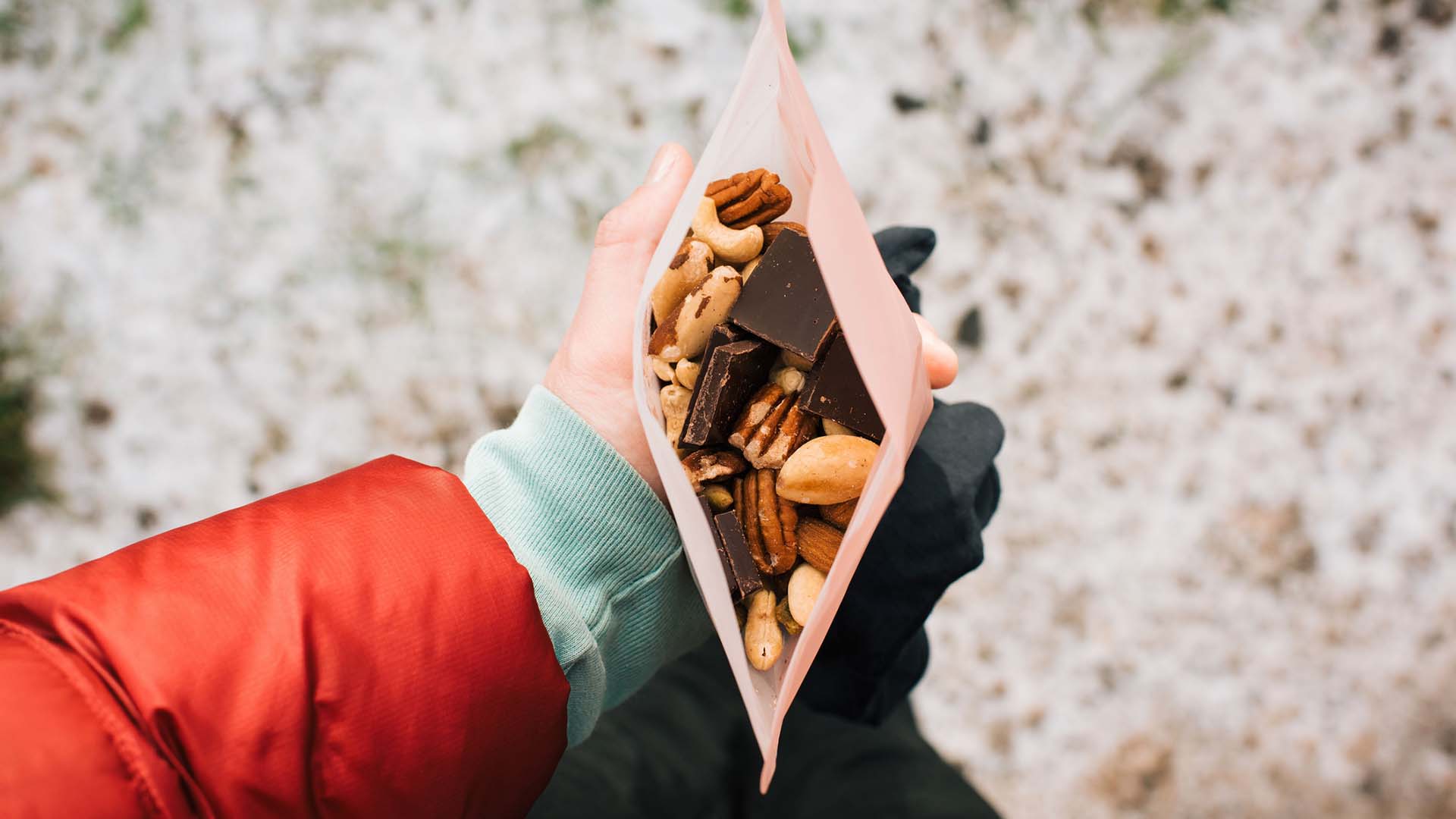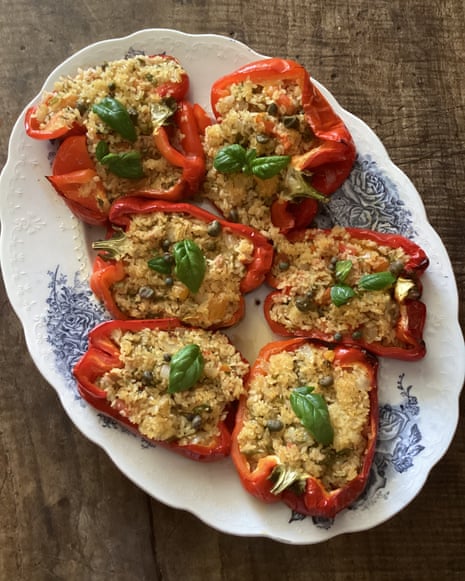Few things feel as rewarding as reaching a waterfall’s edge on a Nigerian or Ghanaian hill, snack in hand, shoes caked with red earth, lungs full from the climb. Yet for many hikers across West Africa, the thrill can vanish if fatigue strikes due to poor snacking—think getting halfway up Olumo Rock powered only by some sweets and a warm energy drink. Out on the rugged trails of Obudu, Shai Hills, or even in Lekki’s greener corners, what—and when—you eat can make the difference between powering on joyfully or calling it quits too soon.
Hiking is just as much an endurance challenge as a heavy gym workout, especially under the hot West African sun. You’d never go for a weightlifting session without water or a decent meal, so why hit the hills with no real fuel? Packing the wrong snacks, or relying on sugar-heavy drinks, leaves you running on empty. As hiking grows more popular in Nigeria, Ghana, and across Africa, knowing how to fuel up can help you enjoy the great outdoors safely and energetically.
To break down smart snacking for our climate and terrain, we consulted with a reputable registered dietician, Taryn Bortz, who shares practical advice suited for local and international readers alike. From pre-hike choices to powering through steep gradients, here’s how to fuel your adventures right.
Meet The Expert: Taryn Bortz, – a registered dietician serving clinics in Gauteng, South Africa.
Why Proper Nutrition Is Essential for Hikers
A 2023 systematic review and meta-analysis indicates that consuming 30–80 grams of carbohydrates each hour during endurance activities helps maintain energy, focus, and performance. While this research covers several endurance sports, its findings ring true for hiking at low-to-moderate intensity—common on West African trails.
Smart snacking does more than stave off hunger. It helps smooth out blood sugar spikes and dips, maintains hydration, and keeps your muscles firing mile after mile. For those walking the forest routes of Nigeria or tackling Ghana’s escarpments, this can mean not just enjoying the journey, but finishing it in strength.
Understanding Carbohydrates for Hikes
Carbohydrates are your body’s primary energy source while moving, and their value cannot be overstated for hikers. They are rapidly processed to glucose, feeding your muscles for movement, climbing, and balance on unpredictable paths—be it rocky Ogun State terrain or the hills around Aburi.
Planning a hike longer than an hour? Opt for snacks loaded with easily digestible carbs, ideally balanced with some protein. This combination slows digestion, keeps hunger away for longer, and delivers a steady energy supply—a tactic valuable in both Nigerian and Ghanaian climates known for sudden temperature changes and energy-draining humidity.
Choosing the Right Carbohydrates: Before, During, After
Taryn Bortz highlights timing and types: “Before a long hike—at breakfast or the night prior—go for low to moderate glycaemic index (GI) carbs, as you want energy to be sustained over hours.”
These low GI options release glucose gradually, sustaining energy and helping you avoid pre-hike spikes and crashes. High GI carbs, in contrast, cause rapid glucose surges and dips—unhelpful before activity, but useful mid-hike for fast energy.
Examples of Low GI Carbs:
- Oats (local brands or Nigerian/ Ghanaian variants are ideal)
- Wholewheat or brown bread
- Brown rice (consider locally grown rice for sustainability)
- Wholegrain pasta
- Berries and apples (seasonal local fruits like guavas or soursop also work)
While fibre is generally healthy, too much before a hike may cause discomfort—something seasoned bush trekkers in Nigeria often learn the hard way.
During the hike, Bortz recommends, “Switch to high GI carbs—foods that absorb quickly and supply prompt energy so you’re not waiting hours for fuel to kick in.” In West Africa’s humid environments, easily digestible snacks are often favoured by experienced hikers.
Examples of High GI Carbs for Hiking:
- Muesli or cereal bars
- Trail mix (custom blends with local nuts, seeds, raisins)
- Jelly beans
- Biscuits
- Energy gels (if locally available)
- Ripe bananas
- White bread (common on-the-go in Nigerian and Ghanaian shops)
Post-hike, combine both GI types with protein to help tired muscles recover and restore energy stores depleted on the trail.
Recommended Post-Hike Snacks:
- Smoothies (using local fruits, yoghurt, milk, oats, nuts/seeds, and greens)
- Sandwich or pasta with a protein filling (beans, chicken, or fish for a Nigerian/Ghanaian twist)
- Protein-packed overnight oats
Carbohydrates at a Glance: When & Why
| Timing | Carb Type | Reason | Examples |
| Before | Low GI | Sustained energy | Oats, Bread, Wholegrain bread, berries |
| During | High GI | Quick energy boost | Dried fruit, sports gels, energy drinks, muesli bars |
| After | Mixture | Replenish and recover | Protein shakes, protein bars, sandwich, pasta with protein |
Carbs to Skip on the Trail
Taryn Bortz suggests avoiding “very high fibre carbs” before or during the hike as they can cause gastrointestinal discomfort—a reality many local outdoor enthusiasts can attest to. Also skip deep-fried or fatty snacks, as the high fat content can slow digestion and lead to bloating, especially in the heat.
Beware of processed carbs loaded with artificial sweeteners, colourants, or preservatives. “These ingredients pull water into your stomach, sometimes causing bloating or gas,” explains Bortz—something to keep in mind when purchasing imported or packaged snacks from local supermarkets or trade markets.
Those with sensitive stomachs should also avoid “sugar-alcohol-based foods (like gum or certain protein bars) which can trigger cramps or the need for emergency bathroom stops,” she adds.
Should You Adjust Carb-Protein Ratio According to Hike Length?
In brief, yes. For longer hikes—such as trekking around Idanre Hills or Mole National Park—pairing carbs with protein before setting out will help keep you satisfied, stave off muscle fatigue, and provide lasting energy.
According to Bortz:
- For very long treks: try a 2:1 or 1:1 ratio of carbs to protein
- On shorter outings: focus primarily on carbs for rapid energy, aiming for 4:1 or 3:1
Once you finish your hike, switch to a 3:1 carb-to-protein ratio to restore glycogen and speed up muscle healing. This approach echoes advice from local dietitians in Lagos and Accra who stress the importance of post-activity replenishment.
How Often Should You Snack While Hiking?
Bortz recommends consuming small, frequent snacks every 30 to 45 minutes rather than opting for heavy meals. This maintains steady energy, reduces the risk of sudden fatigue, and is easier on your digestive system—particularly useful for hikes under the West African sun.
Eating too much in one go can divert blood to your gut and away from your muscles, potentially slowing you down or prompting that sleepy “Rest and Digest” feeling. Several Nigerian trekking groups advise planning snack breaks carefully to avoid unwanted pauses and energy slumps.
Packing Smart: Tips for West African Hikers
- Account for the distance and difficulty of your selected trail.
- Consider local weather—avoid carrying dairy if you’re hiking under 35°C heat in Northern Nigeria or Ghana’s coastal regions.
- Stay hydrated with water or locally available electrolyte drinks.
- Bring snacks high in natural carbs, moderate protein, and healthy fats (locally sourced nuts and seeds fit the bill).
Top 9 Hiking Snacks: West African-Friendly Tips Backed by a Dietician
1. Biltong or Droëwors
Popular in South Africa and gaining traction in Nigeria and Ghana, biltong is a protein-rich, portable snack ideal for hikes. However, due to its saltiness, make sure you have enough water, especially in our hot climate.
- Per 28g: 80 calories, 16g protein, 2g fat, 1g carbs
- Bonus: Supplies iron, zinc, and vitamin B12
- Tip: Pair with dried fruit for a balanced snack
- Consider lean venison or ostrich where available
2. Dried Fruit
Mango, date, pineapple, and coconut chips are energy-dense, vitamin-rich, and easy to carry. Dried fruit is widely available in Nigeria and Ghana, both from markets and supermarkets.
- Select unsweetened, sulphur-free varieties for health.
- Mix with nuts or roasted groundnuts for your own trail mix.
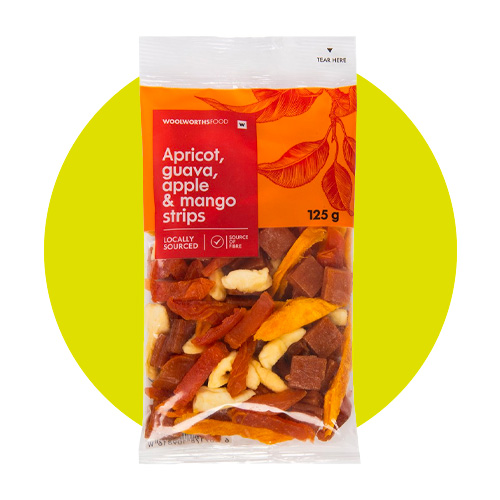

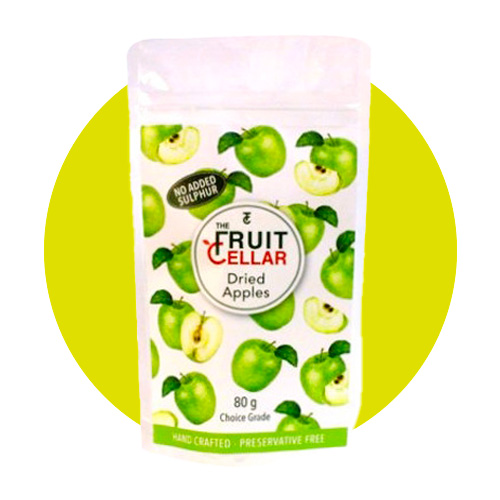
3. Homemade Energy Bites
Quick to make and easy to customise! Oats, groundnut butter, honey, and seeds like egusi or sesame can be mixed into tasty, nutritious balls—a localised twist ideal for West African hikers.
Tip: Use reusable wraps or containers to minimise waste and keep snacks fresh.
Ideas:
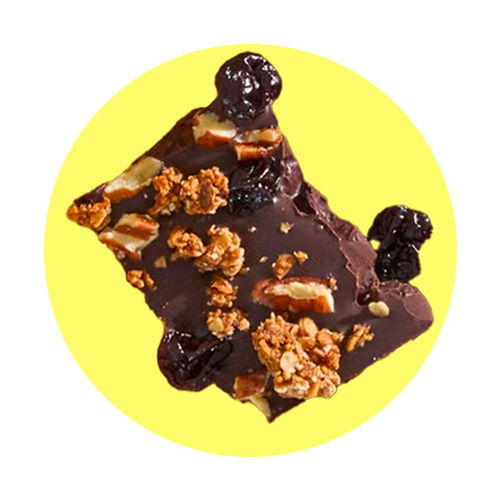
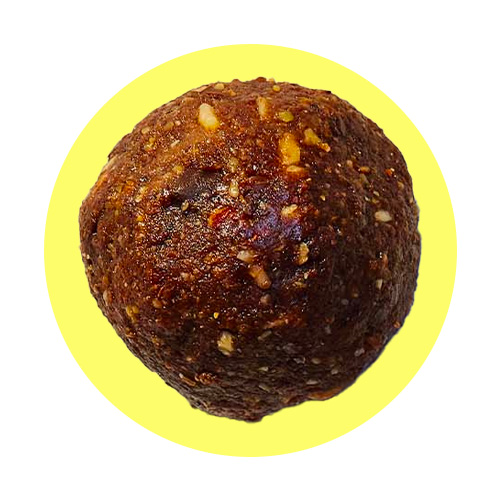

4. Granola Bars
Practical for travel and suitable for warm climates, granola bars make good snacks, but aim for options with at least 3g fibre and 5g protein. Read packaging to ensure there’s not excessive fibre (over 6g), as that can cause discomfort during the hike.
- Pick bars that won’t crumble or melt in West African heat.
- Try preparing homemade bars with local grains and seeds, or explore nine DIY protein bar recipes.
Product Suggestions:
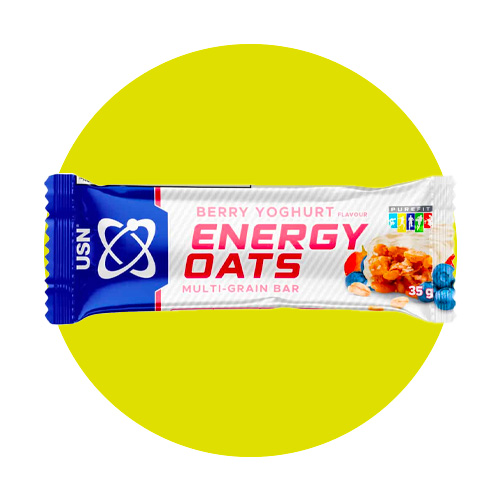
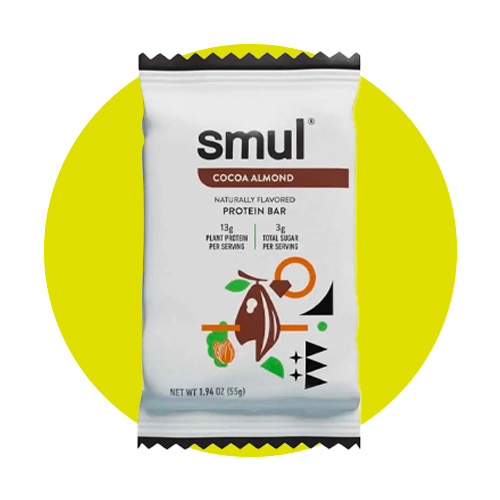
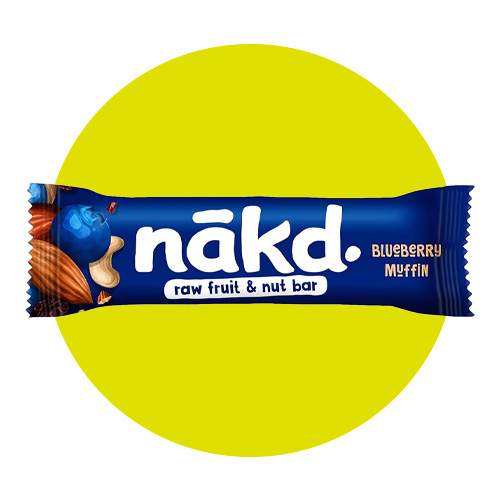
5. Hard-Boiled Eggs
Great for cooler, shorter outings in the region. Eggs are full of protein and will keep you fuller between stops—just handle them knowingly under the sun, and bring a small packet of salt or yaji (local pepper).
- 1 egg: 77–78 calories, 6.3g protein, 5.3g fat
- Pro tip: Pre-peel at home for convenience
6. Homemade Muffins
Packed with oats, wholegrains, seeds or garden vegetables, muffins double as easy breakfast and sustained trail food—adapt recipes to use local ingredients like unripe plantain, pawpaw, or moringa for a regional touch. Prepare and freeze ahead; they’ll defrost by hike day.
7. Trail Mix
Mix almonds, cashews, groundnuts, sunflower seeds, raisins, coconut flakes, and dark chocolate chips. This combination provides necessary fats, carbs, and some fibre, crucial for intense hikes in West Africa’s varied climates.
Tip: Add local roasted corn, pretzels, or popped kokoro for unique texture and taste.
8. Fresh Fruit
Seasonal fruits—apples, bananas, pears, guavas—serve as nature’s instant energy. They are hydrating, fibre-rich, and suitable even for spontaneous excursions in the city or countryside.
9. Rice Cakes with Toppings
Rice cakes topped with peanut butter, honey, or slices of banana make light, crunchy, and versatile snacks for hikes, and can be adapted with local spreads or fruits.
Key Takeaways for Trail Snacks and Hydration
- Don’t wait until you feel hungry—snack regularly (every 45–60 minutes) to avoid energy slumps.
- Hydrate frequently—take sips even if you aren’t thirsty.
- Include electrolytes (from drinks or snacks) to prevent cramps, especially on humid climbs.
- Avoid snacks that may melt, crumble, or spoil quickly in the heat unless you’re prepared for the mess.
Have a food story, traditional recipe, or trail snack idea you want featured or want to sell your story? We’d love to hear from you! Contact us anytime at story@nowahalazone.com.
For general support or to connect with more food enthusiasts, reach out to support@nowahalazone.com.
Don’t forget—join our community on Facebook, X (Twitter), and Instagram for the latest updates, inspiration, and tips!

